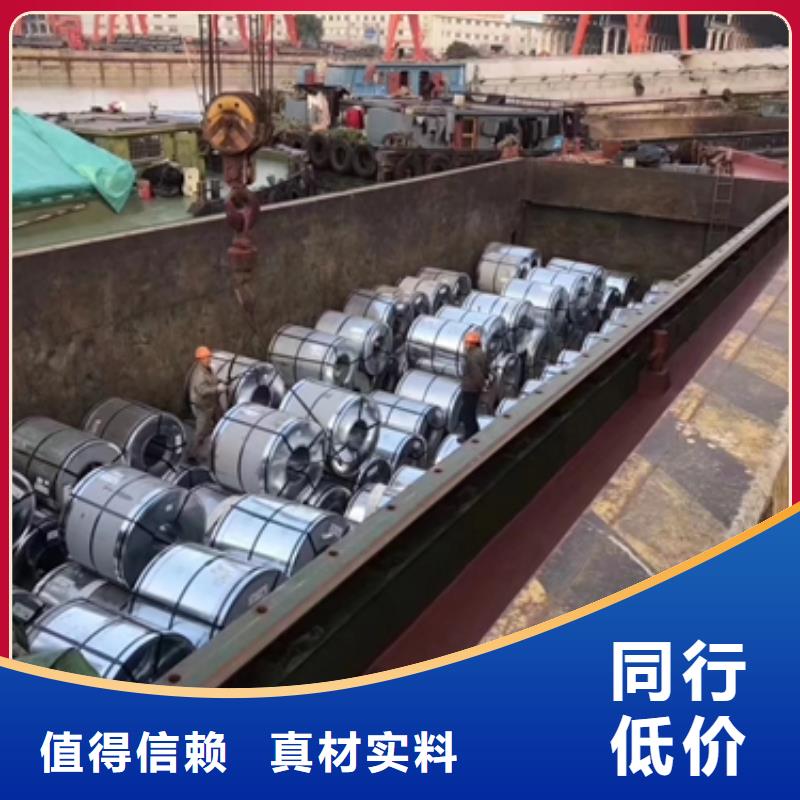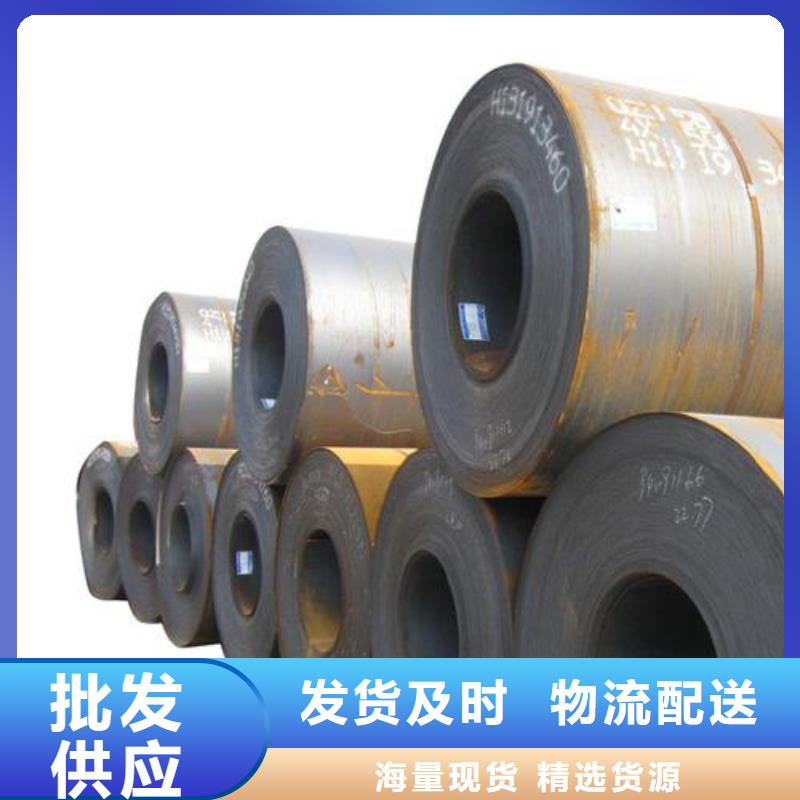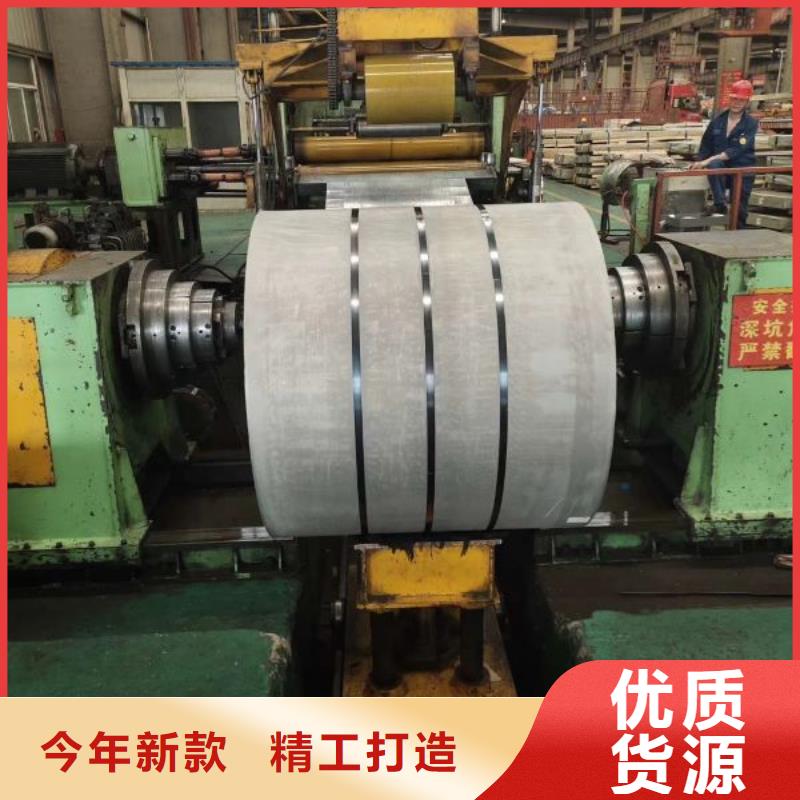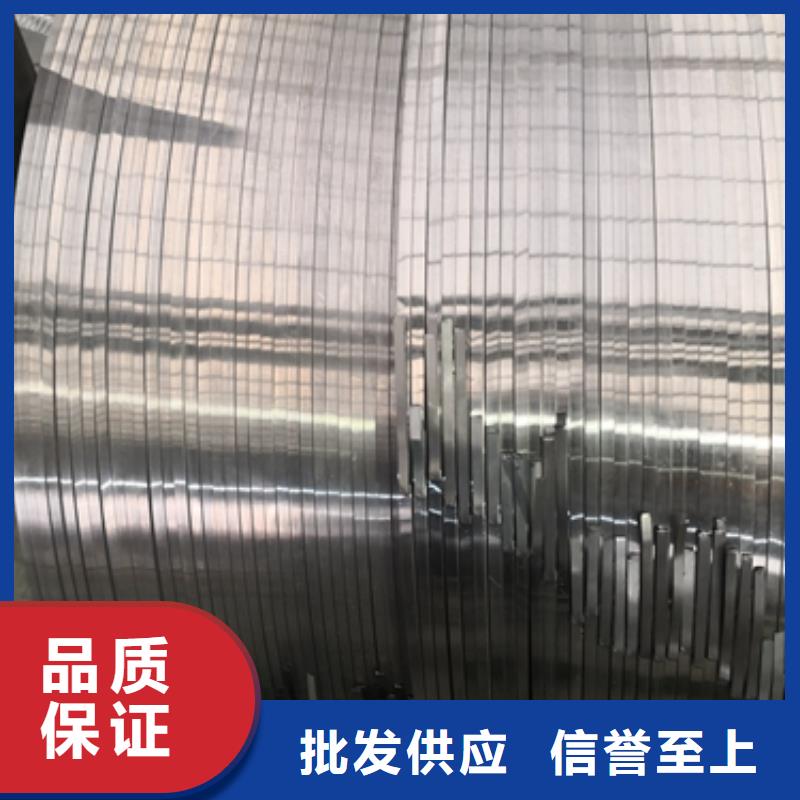无论您是初次接触还是已经熟悉,我们的硅钢B30AHV1500驱动电机用电工钢 B35AV1800产品视频将为您带来全新的视觉体验,让您对产品有更深入的了解。
以下是:硅钢B30AHV1500驱动电机用电工钢 B35AV1800的图文介绍
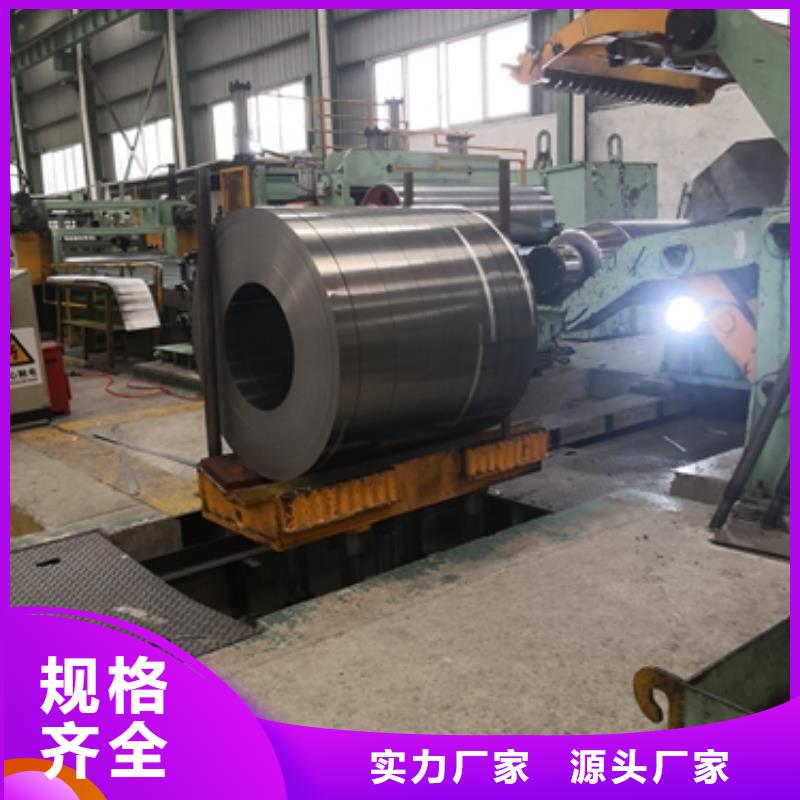
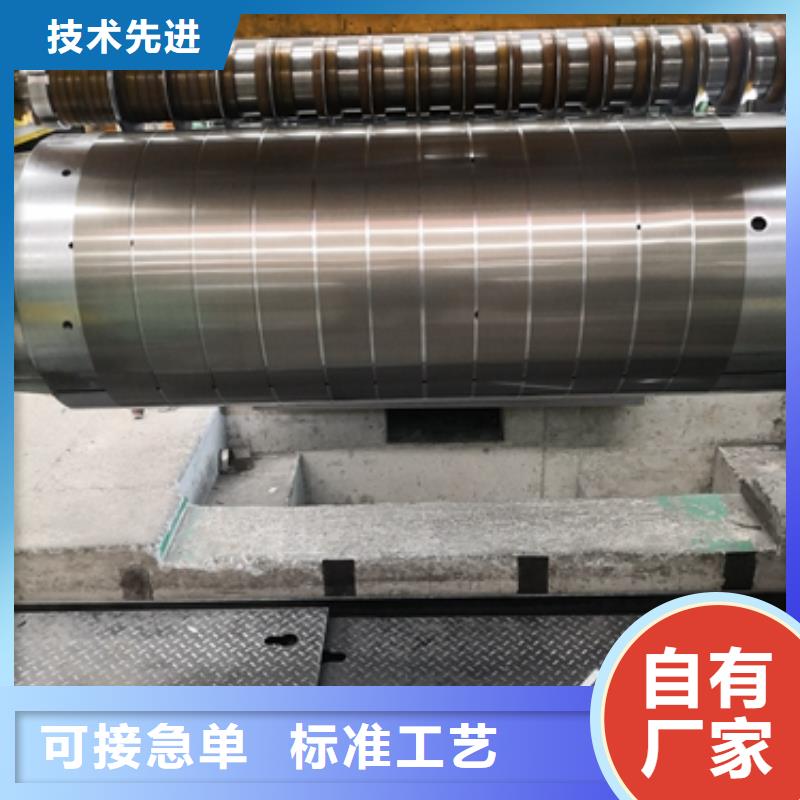
电工钢硅钢片硅钢是一种硅铁合金。用硅钢轧制的片材是电工领域中应用广的软磁材料,因而硅钢片又称电工钢片。硅钢片广泛用于电动机、发电机、变压器、扼流圈、电磁机构、继电器及测量仪表中电机工业大量使用厚度为0.35~0.50mm的硅钢片,用于:中型旋转机,压缩电机,通用马达,小型精密电机,电动汽车,压缩机,通用电机,电源变压器,精密变压器,节能电机,焊机变压器,稳压器,磁性密封器,加速器用电磁铁,汽车电机等;在电信高频技术中常用0.05~0.20mm的薄带钢片,以便更有效地降低涡流损耗。热轧硅钢片厚度为0.35~0.50mm,密度为7.55~7.70g/cm3,多用于大、中、小型交、直流电动机;冷轧无取向硅钢片厚度为0.35~0.50mm,密度为7.65~7.75g/cm3,多用于大型交流发电机、电动机,大、中、小型交、直流电动机;冷轧取向硅钢片厚度为0.23mm 0.27mm 0.3mm 0.35mm,密度为7.65g/cm3,多用于电力变压器、油浸式变压器,干式变压器,电抗器、磁放大器等;冷轧取向薄带厚度为0.05~0.20mm,多用于无线电高频变压器。
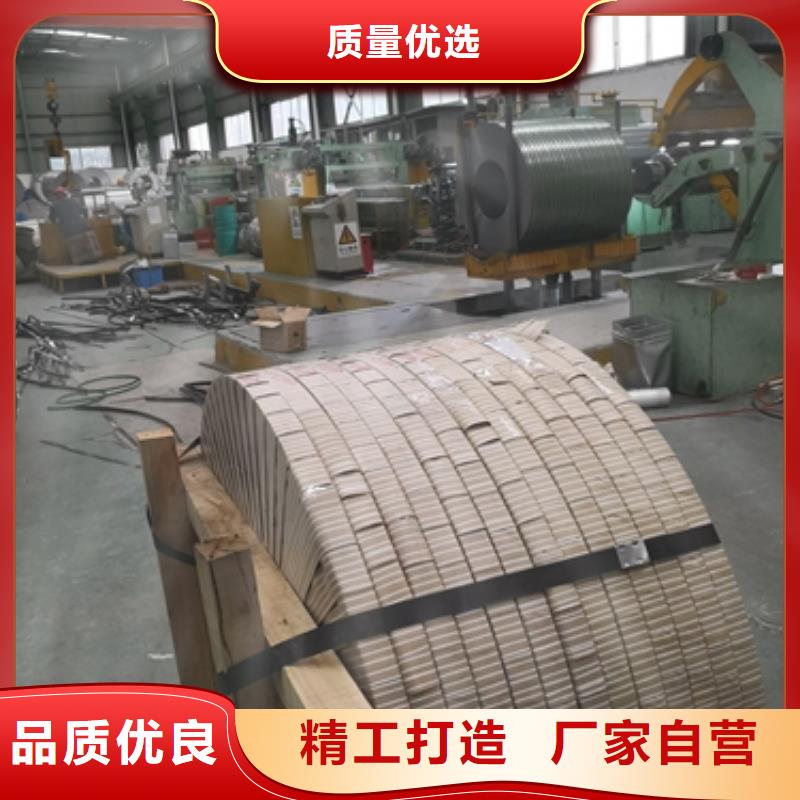
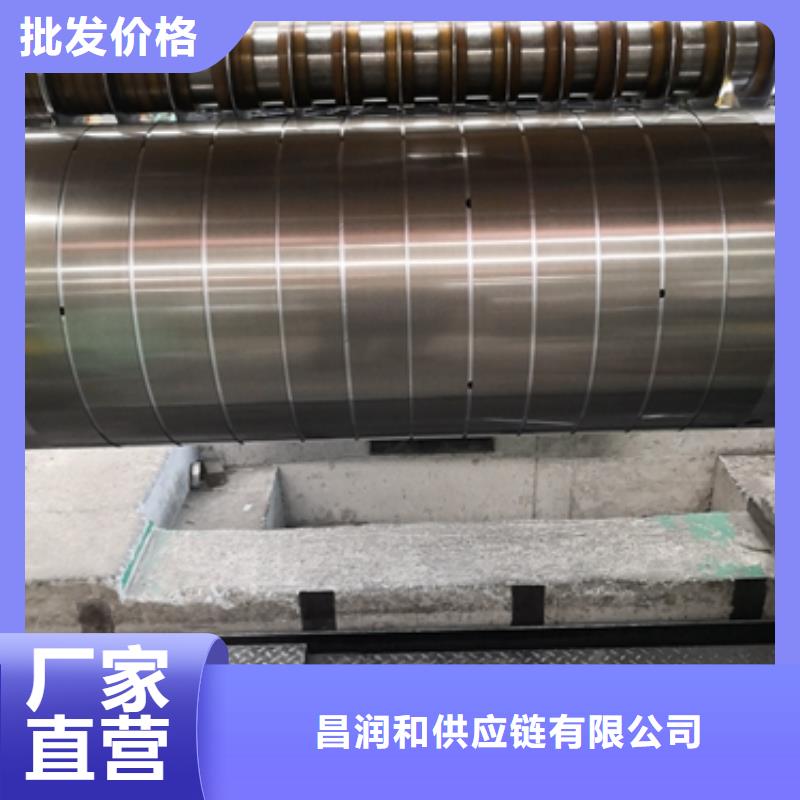
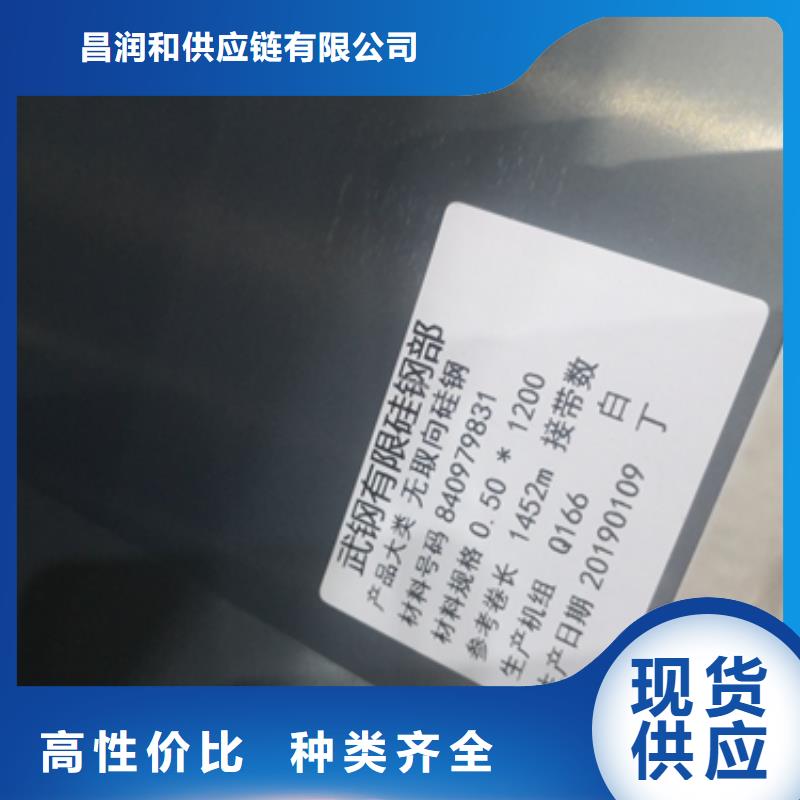
电工钢硅钢片近20年来,我国硅钢产业取得了长足的进步,这其中以首钢、华尔网当地武钢和宝钢为代表。得益于我国钢铁行业全流程的技术进步,这些企业在控制无取向硅钢整体质量稳定性和取向硅钢方面已经具有较高技术实力。2014年我国硅钢生产达到823万吨,高端产品有20~30万吨的进口量,2015年,我国共生产电工钢约836万吨,进口量进一步下降到14万吨。但是,与日本相比我国在高端电工钢领域仍有不小的差距,这集中体现在高磁感无取向硅钢、华尔网当地超低铁损Hi-B取向硅钢和高硅钢等产品上。例如,新日铁公司(现新日铁住金)能够实现0.15~0.35mm系列厚度规格极低铁损Hi-B取向电工钢的稳定供货,引领取向硅钢工艺发展。在特殊用途硅钢方面,日本钢管公司(现JFE)通过气相沉积法(CVD)渗硅的方式实现了高硅钢薄带的供货。随着我国装备制造业的产业升级,高端硅钢产品的需求会越来越迫切。我国与日韩等钢铁强国在这一领域的竞争将会更加激烈,这就要求我国相关科研人员通过革命性创新进行下一代硅钢生产技术的研发,引领世界电工钢技术的发展。低铁损、华尔网当地高磁感电机用无取向硅钢、华尔网当地薄规格超低铁损高磁感取向硅钢和中高频节能电器用高硅钢是电工钢产业的发展方向。
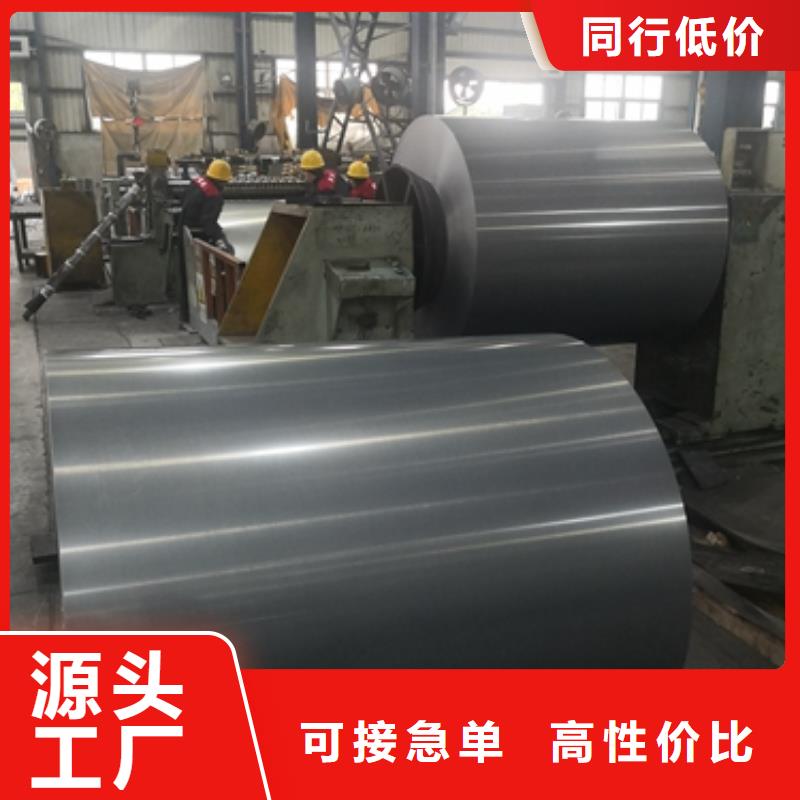
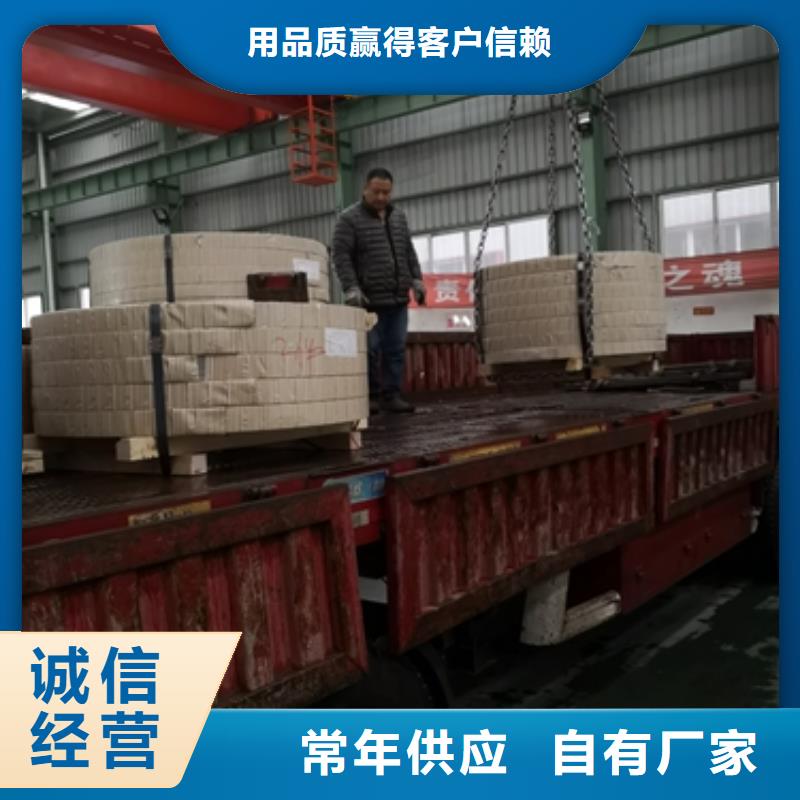
鹿程国际贸易有限公司成立以来,以“让鹿程国际贸易有限公司走向世界”为目标,坚持“实用、耐用、节能、”的生产理念,不断引进国内外技术,致力于 甘肃金昌新能源电工钢的研发和制造。

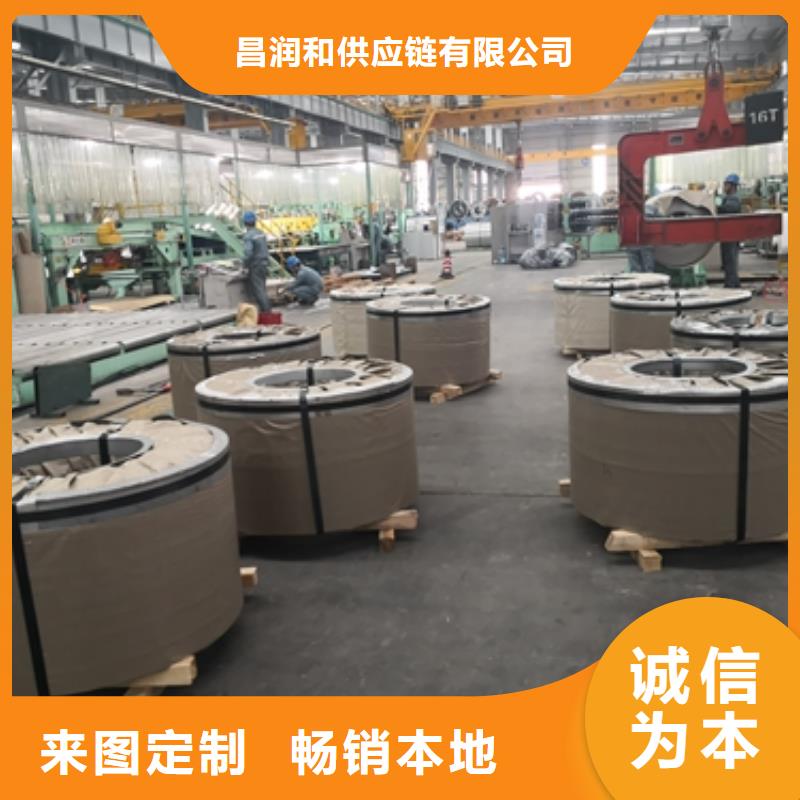


电工钢硅钢片硅钢是一种硅铁合金。用硅钢轧制的片材是电工领域中应用广的软磁材料,因而硅钢片又称电工钢片。硅钢片广泛用于电动机、发电机、变压器、扼流圈、电磁机构、继电器及测量仪表中电机工业大量使用厚度为0.35~0.50mm的硅钢片,用于:中型旋转机,压缩电机,通用马达,小型精密电机,电动汽车,压缩机,通用电机,电源变压器,精密变压器,节能电机,焊机变压器,稳压器,磁性密封器,加速器用电磁铁,汽车电机等;在电信高频技术中常用0.05~0.20mm的薄带钢片,以便更有效地降低涡流损耗。热轧硅钢片厚度为0.35~0.50mm,密度为7.55~7.70g/cm3,多用于大、中、小型交、直流电动机;冷轧无取向硅钢片厚度为0.35~0.50mm,密度为7.65~7.75g/cm3,多用于大型交流发电机、电动机,大、中、小型交、直流电动机;冷轧取向硅钢片厚度为0.23mm 0.27mm 0.3mm 0.35mm,密度为7.65g/cm3,多用于电力变压器、油浸式变压器,干式变压器,电抗器、磁放大器等;冷轧取向薄带厚度为0.05~0.20mm,多用于无线电高频变压器。


电工钢硅钢片Electrical steel, also known as silicon steel sheet, is an indispensable metal material in the power, electronics, and military industries, and is also the largest functional material in production. It is mainly used as the iron core for various motors, generators, and transformers. Specific total loss (iron loss) is the total power consumed per unit mass of material when the magnetic polarization waveform remains sinusoidal, with a specific peak and frequency. The specific total loss is represented by the symbol P (Jm/f), in W/kg. Example: P1.5/50 represents the specific total loss at a maximum magnetic polarization intensity of 1.5T and a frequency of 50Hz. 3.2 Magnetic Polarization Q/BQB 480-20212 Magnetic polarization intensity refers to the peak magnetic polarization intensity of a specific magnetic field intensity when a sample is subjected to alternating magnetization. Its symbol is J (H), and the unit is T (Tesla). Example: J5000 represents the peak magnetic polarization intensity corresponding to a magnetic field intensity peak of 5000A/m. The material grades in this document are classified based on the nominal maximum specific total loss P1.5/50 (W/kg) at a magnetic polarization strength of 1.5T and a frequency of 50Hz, as well as the nominal thickness of the material. They are further divided into three categories based on product characteristics: ordinary type, stress relief annealing type, and high-efficiency type. Example 1: B35A210 represents a common non oriented electrical steel with a nominal thickness of 0.35mm, and the maximum nominal specific total loss value P1.5/50 is 2.10W/kg; Example 2: B35AR300 represents a stress relieved annealed non oriented electrical steel with a nominal thickness of 0.35mm, and the maximum nominal specific total loss value P1.5/50 is 3.00W/kg; Example 3: B35AH230 represents an efficient non oriented electrical steel with a nominal thickness of 0.35mm, and the maximum nominal specific loss value P1.5/50 is 2.30W/kg. Example 4: 35WW210 represents a normal type WW non oriented electrical steel with a nominal thickness of 0.35mm, and the maximum nominal specific loss value P1.5/50 is 2.10W/kg. Example 5: 35WH230 represents an efficient WH non oriented electrical steel with a nominal thickness of 0.35mm, and the maximum nominal specific loss value P1.5/50 is 2.30W/kg. The classification and code of insulation coatings shall comply with the provisions of Table 2. Table 2 Classification and Code of Insulation Coatings Type Code Characteristics of Insulation Coatings Semi organic Thin Coating A Improves Punching Performance and Has Good Weldability Semi organic Thick Coating H has Good Punching Performance and High Interlayer Resistance Semi organic Chromium Free Thin Coating K does not contain chromium and has good weldability Semi organic Chromium Free Thick Coating M does not contain chromium and has good insulation performance Semi organic Chromium Free Extreme Thick Coating J does not contain chromium and has excellent insulation performance Semi organic Chromium Free Ultra Thick Coating L does not contain chromium and has extremely high insulation performance Self adhesive Coating

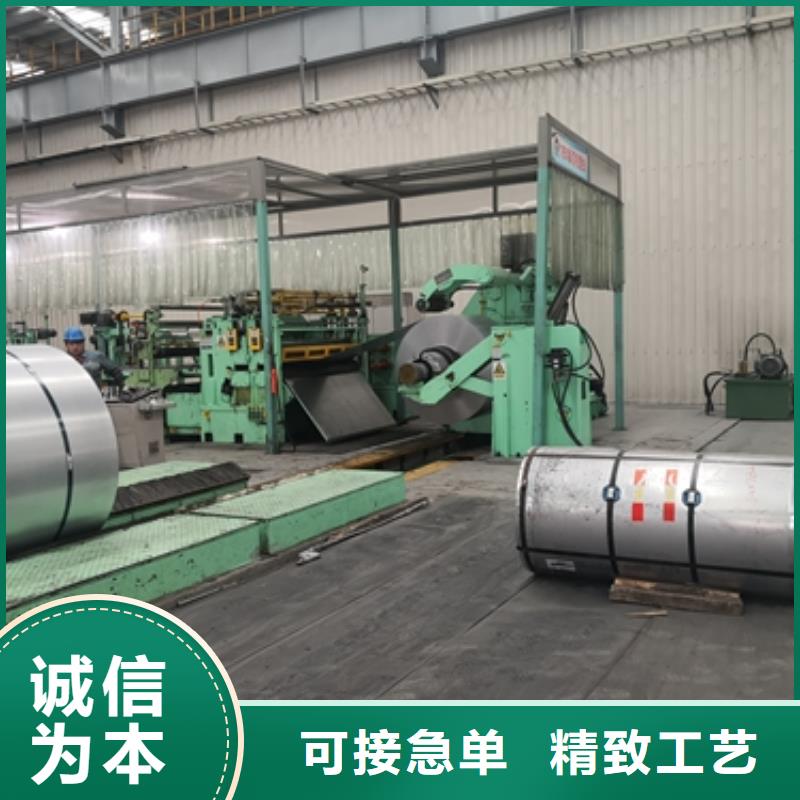

 云 发 布-
云 发 布-
